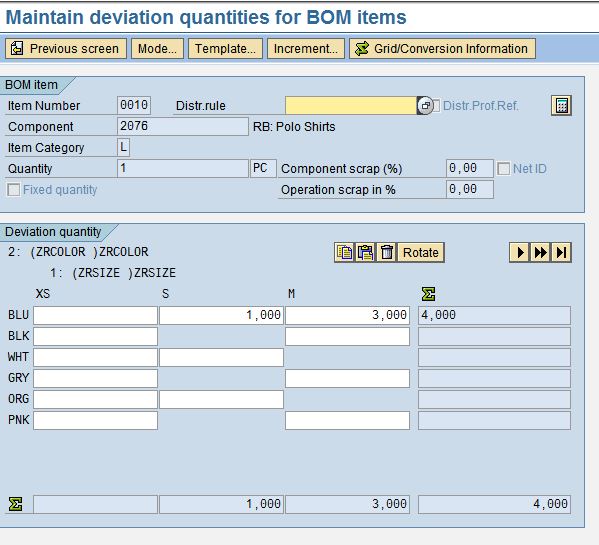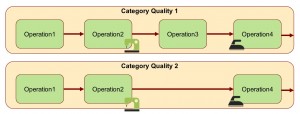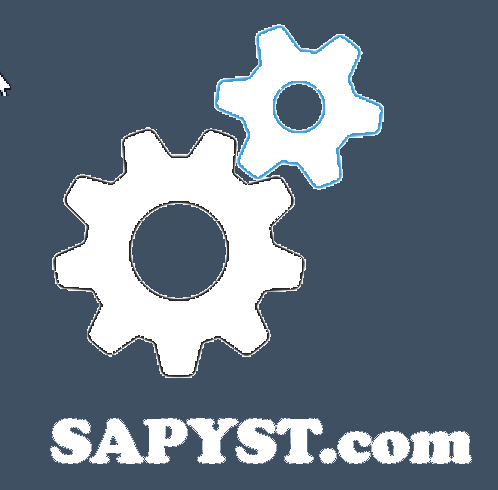Following the first post about SAP AFS, in this one we are going to go on with this summary of the functionality offered by this solution (mainly on what is referred to Logistics and Manufacturing).
BILL OF MATERIALS
In SAP AFS it is possible to define two types of Bills of Materials:
- Standard Bills of Materials -> They can include Pre-packs.
- Assortments.
Sometimes it is required to sell different Finished Products bundled, which is why in SAP AFS they can be grouped together with the Assortments.
But the most important functionalities in SAP PP that can be used with Standard Bills of Materials are:
- For AFS Materials we can define how the dimensions are going to be defined in the components from the product to be manufactured (it is not possible to define them for Standard Materials, Materials that can also be part of these Bills of Materials).

- On the other hand, it is possible to define if some components will be part of the Finished Good specifically based on the Category for which they are being used.
For instance, for some products of lower quality, it might be necessary to use fewer components to reduce the cost.
ROUTINGS
It is also possible to define that some Operations are not performed for some Categories or Quality Levels in the Routings.

PLANNED INDEPENDENT REQUIREMENTS
The main innovation in the Planned Independent Requirements (also in the Sales Orders) is that it is possible to select what Category is required in each of them.
With the Cover Strategy, the system will know which Stock Category belongs to them. This functionality will allow maintaining different Quality Levels or Countries of Origin without creating additional Material Master Records.
MATERIALS REQUIREMENTS PLANNING (MRP)
The MRP will always be run at SKU Level.
It will take into account:
- Grid Values
- Categories (based on the Cover Strategy)
Not every MRP Parameter, therefore, will be defined at SKU Level. It will be possible to define some of them for all the dimensions of an AFS Material.
At SKU Level we can define:
- Security Stock
- Round Value
- SKU Group
- Discontinuities
It will be possible to group all required quantities of all SKUs in the same Planned Orders or disaggregate them into different ones.
PLANNED ORDERS AND MANUFACTURING ORDERS
It is only possible to define one Category for each Planned Order or Manufacturing Order, so that all quantities processed by it must have the same Quality or Country of Origin.
But it will be possible to define different Grid Values or Dimensions. In this way, we can create a Manufacturing Order for a set of different sizes or colors that we manufacture at the same time.


Recent Comments